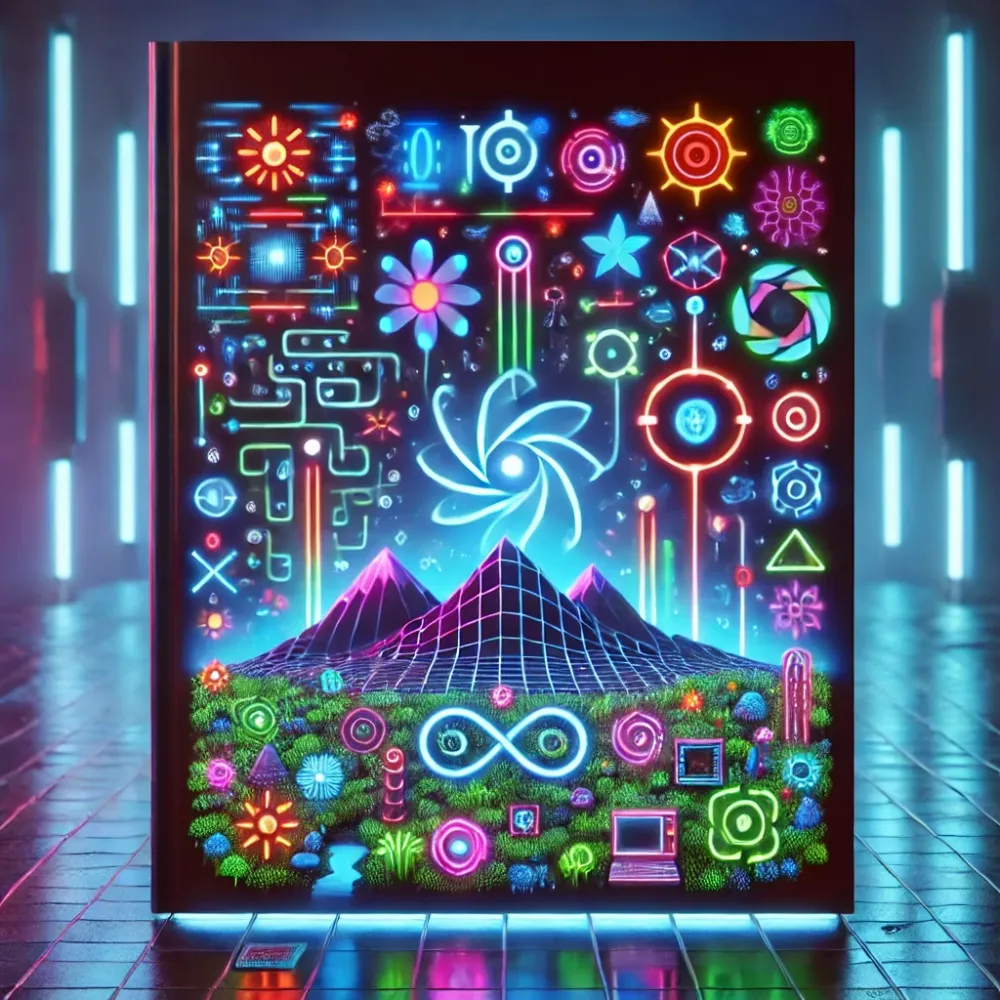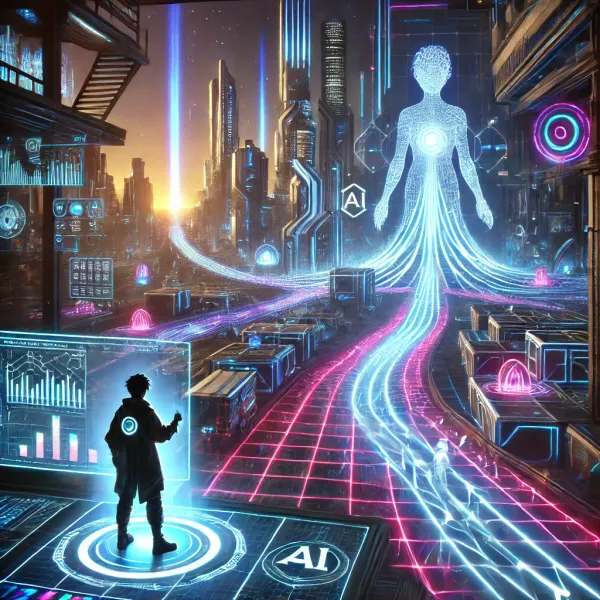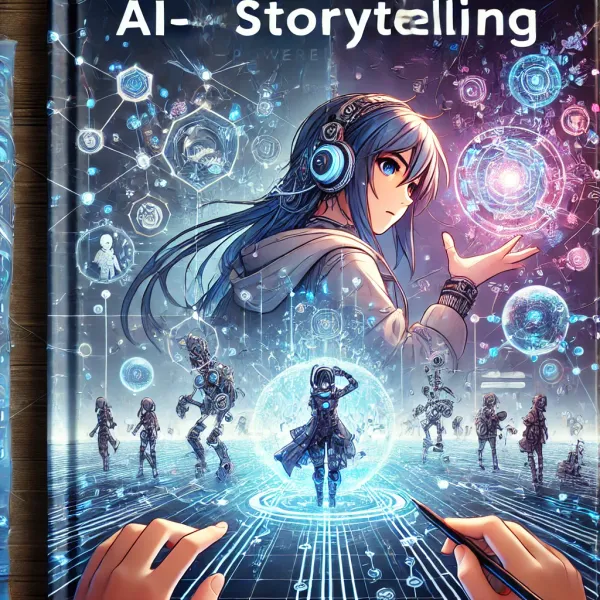The power of procedural generation: How to create endless replayability for indie games
Procedural generation has revolutionized game design by enabling the creation of vast, dynamic worlds without the need for manual content creation. For indie developers, this approach allows for greater efficiency, scalability, and, most importantly, endless replayability. By leveraging algorithms, developers can create unique experiences for players, ensuring that no two playthroughs are alike. This article delves into the benefits, challenges, and notable successes of procedural generation in indie games, exploring how this technique keeps players coming back for more.
1. What Is procedural generation?
Procedural content generation (PCG) refers to the algorithmic creation of game content such as levels, landscapes, enemies, and items, without manual intervention. By setting certain parameters and rules, developers can allow algorithms to generate a wide variety of content. This is particularly useful for creating expansive, dynamic environments in open-world games or for ensuring unique playthroughs in roguelike games(SDLC Corp)(30 Days Coding - Learn Live).
The technique is especially valuable for indie developers with limited resources, allowing them to compete with larger studios by offering content that feels fresh and unpredictable every time.
2. Benefits of procedural generation for replayability
One of the core advantages of procedural generation is its ability to enhance replayability. Each time a player revisits the game, they are presented with new challenges, environments, and experiences. This unpredictability keeps the game engaging for extended periods, encouraging players to explore different paths, strategies, or mechanics(Polydin).
For example, Minecraft and No Man’s Sky are celebrated for their use of procedural generation. These games offer endless exploration opportunities, where worlds and entire universes are algorithmically generated, ensuring that players never encounter the same landscape twice.
3. Cost efficiency and scalability
For indie developers, procedural generation is not only about creating variety but also about maximizing resources. Manually crafting expansive worlds and levels is time-consuming and labor-intensive. Procedural generation allows developers to automate much of this work, significantly reducing the cost and time associated with content creation.
Once the initial procedural system is built, it can generate vast amounts of content with little to no additional cost. This scalability allows smaller studios to develop games with large, complex environments without the need for extensive teams of artists and designers.
4. Innovation through procedural systems
Indie games like Spelunky and Rogue Legacy have leveraged procedural generation to introduce innovation in level design. These games combine handcrafted elements with procedurally generated content to strike a balance between unpredictability and structured gameplay.
By using procedural algorithms to create randomized levels, developers provide players with fresh challenges each time they play. This keeps the gameplay experience dynamic and forces players to adapt their strategies to the unique environments they encounter during each session.
5. Challenges of procedural generation
Despite its many benefits, procedural generation comes with challenges. One of the biggest issues is maintaining coherence in the game world. Randomly generated levels can sometimes feel disjointed or lack narrative depth, which can diminish player immersion. Ensuring that procedurally generated content remains fun, challenging, and engaging requires careful balancing(30 Days Coding - Learn Live)(Polydin).
Games like Terraria and Dead Cells have tackled this issue by blending procedurally generated elements with curated, handcrafted content. This approach helps to maintain a cohesive game world while still offering the unpredictability that makes procedural generation so exciting.
6. The future of procedural generation in indie games
As technology advances, procedural generation is set to become even more powerful, with AI and machine learning being used to create increasingly sophisticated and personalized content. Developers are already exploring hybrid models, combining procedurally generated environments with scripted narratives, to offer both randomness and structure(SDLC Corp).
Looking ahead, innovations such as AI-powered procedural generation will enable real-time adjustments to game worlds, keeping players engaged by dynamically generating new quests or areas to explore as needed. This level of personalization and adaptability ensures that procedural generation will remain a vital tool for indie developers aiming to provide endless replayability.
Procedural generation has become a game-changer for indie developers, allowing them to create expansive, dynamic, and endlessly replayable experiences. By automating the content creation process, developers can offer players unique playthroughs each time they engage with the game. As technology continues to evolve, procedural generation will undoubtedly play a central role in the future of game development, pushing the boundaries of creativity and exploration.




